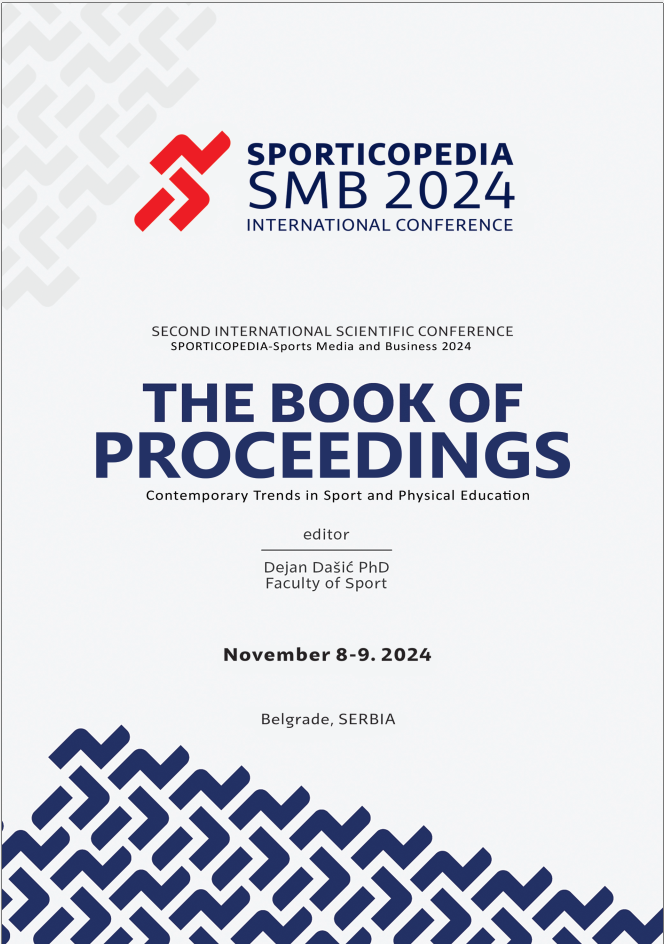Abstract
In April 2021, a group of elite European clubs made an important announcement: they have left the UEFA competitions and formed their own cross-border European Super League (ESL). This announcement met with an instant opposition from all the stakeholders, while UEFA moved to prevent its formation by issuing threats against the participating clubs. The ESL launched a legal challenge to clarify, inter alia, whether UEFA’s dual function as a regulator and a sole commercial operator on the relevant organisational market placed it in a conflict of interest situation that was (in)compatible with the EU law. This paper will first discuss the organisational market in European football and the methods used to block the entry of rivals by the sport federations, before turning to UEFA regulations and legal questions that were at the heart of the CJEU’s decision in ESL case. The final section will address future prospects in European football.
References
Nafziger, J. (2009): A Comparison of The European and North American Models of Sports Organisation, in: Gardiner, S., Parrish, R., Siekmann, R. (editors) – EU Sport, Law and Policy, 3, 35-55, TMC Asser Press, The Hague.
Pijetlovic, K. (2015): EU Sports Law and Breakaway Leagues in Football, Springer/ ASSER International Sports Law Series, The Hague.
Pijetlovic, K. (2023): European Football Competition Model (Under Stress), in: Houben, R. (editor) – Research Handbook on Professional Football Clubs, 3, 47-71, Edward Elgar, UK.
Egger, A. and Stix-Hackl, C. (2002). Sports and Competition Law: A Never-ending Story? European Competition Law Review 23( ), 81-91.
Pijetlovic, K. (2018): European Model of Sport: Alternative Structures, in: Anderson, J., Parrish, R., and Garcia, B. (editors) – Research Handbook on EU Sports Law and Policy, 16, 326-259, Edward Elgar, UK.


